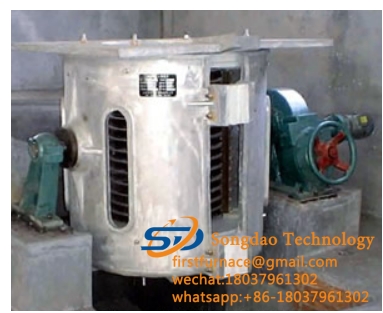- 01
- Dec
The difference between intermediate frequency furnace and electroslag remelting furnace
The difference between intermediate frequency furnace and electroslag remelting furnace
The frequency of the intermediate frequency furnace and the electroslag remelting furnace is different, and the frequency of the intermediate frequency furnace is higher than that of the electroslag remelting furnace. They have the same principle: alternating current generates an alternating magnetic field, and the metal in the alternating magnetic field produces alternating induced potential and induced current, and the direction of the induced current is opposite to the direction of the current in the induction coil of the furnace. Under the action of the induced electromotive force, the heated metal generates an induced current. When the current passes, it generates heat to overcome the resistance of the metal and perform work. The intermediate frequency furnace uses this heat to heat and melt the metal to achieve the purpose of melting. Its main features are as follows:
1. The molten metal is subjected to electromagnetic force to produce strong stirring. This is a main feature of the intermediate frequency furnace. The movement (stirring) of the liquid metal starts from the center of the molten pool and moves to both ends of the coil. The bottom and the furnace wall are constrained, so the final movement is always upward, forming a hump on the top of the furnace pool.
2. The electroslag remelting furnace is at the beginning stage of discontinuous smelting. The entire metal material to be melted is composed of small pieces of charge. Due to the feeding method and other problems, the charging density is only about 1/3 of the furnace capacity. At this time, the charge is very high. With a poor electrical load, when power is input to the furnace, the individual pieces of charge will start arcing and be welded together. Once welded together, the entire furnace charge will form a large piece, so the efficiency of the furnace is improved. The arc starting speed between a single charge depends on the efficiency. The physical and chemical properties of the metal to be melted are different, and the frequency requirements are inconsistent. The smaller the particle size, the higher the required frequency, and the higher frequency will also produce a faster melting speed.

